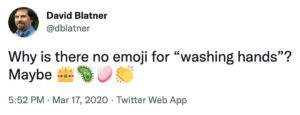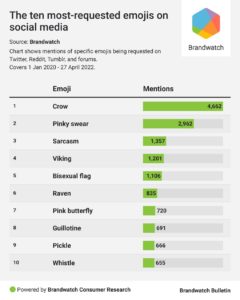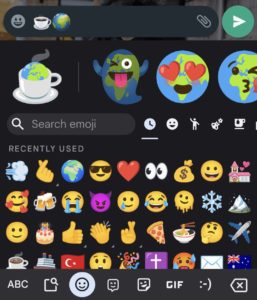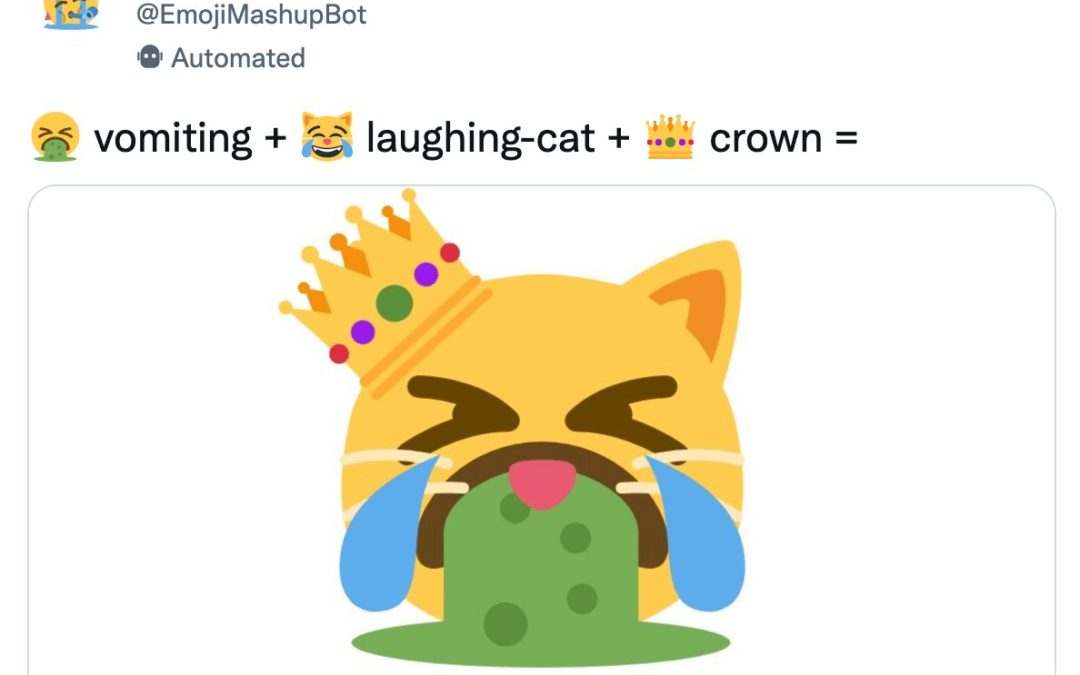Have you ever gone to post an emoji only to find it doesn’t exist? It’s a frustrating experience, particularly when it’s such an obvious one. How could the emoji gods Unicode forsake you in your time of need? (Unicode is responsible for choosing what becomes an emoji, with their standardization ensuring compatibility across different platforms.)
If this sounds familiar, you are not alone. According to Brandwatch research, since January 2018 240k users have taken to the internet to cry out for an emoji that doesn’t exist. It sounds like Unicode has their work cut out for them, but more on that later.
Brandwatch came to this number by creating a Consumer Research query to look for mentions of phrases like “I wish there was an X emoji” and “someone should make an X emoji”.

As we went into 2021, it looked like people were less concerned with increasing the number of emojis as their disposal. But a year on there are signs that’s beginning to change, with new emoji calls hitting their highest level last month since March 2021.
But what exactly are people calling for?
The people want what the people want

Winged emojis are clearly in demand, with crows, ravens, and butterflies all making the top ten. Luckily for the goths out there, a crow emoji is currently a draft candidate to be included in a future emoji release. Well, sort of. Controversially, there’s a proposal for a blackbird emoji, with ‘crow’ being one of the proposed alternative keywords for it. A yellow beak? Unless Unicode are claiming it’s an Alpine chough, that’s a big ‘no’ for the #CrowOrNo players out there.
The other big one is a pinky swear emoji. An excellent idea, we looked into whether this was in the works. We discovered an application for it was rejected, as Unicode is considering a simpler raised pinky emoji, with a pinky promise stated as an alternative use in the proposal. We’ll leave the pinky promise purists to decide if that’s good enough.
Here’s the current state of the remaining emojis on the our list:
- Sarcasm: No application listed (and most likely too abstract to depict in emoji form)
- Viking: Declined
- Bisexual flag: Declined
- Pink butterfly: No application listed
- Guillotine: Declined
- Pickle: No application listed, although arguably it already exists. On some operating systems and platforms the cucumber emoji is depicted in its pickle form
- Whistle: Declined
It looks like the people are struggling to get what they want. But why? We can’t say for sure. Unicode may have decided they were inappropriate (guillotine, we’re looking at you), that interest is not sufficient, or that the proposal just wasn’t up to scratch.
It’s custom emojis all the way down
You’ll notice that even the top ten combined makes up only a tiny fraction of the entire conversation. This shows the creativity of the internet – any and all types of emojis have been suggested. It also demonstrates how we increasingly want more control and customization over what we post.

Many people have taken these emojis and used them elsewhere, which brings us onto our next point. Major platforms now allow people to create their own emojis from scratch. Slack lets you upload images directly (a perfect place for the Emoji Mashup Bot’s creations), while Google has the Emoji Kitchen as part of its Gboard. This enables you to do what the mashup bot does, except with control over the final result.
Clearly there is a huge interest in this kind of customization. We can expect all platforms to keep pushing this, increasing the control users have, even as new emojis are released every year. While a few years back a new emoji just meant one new emoji, it can now mean thousands of new permeations.
That’s enough to make your head spin. Maybe we’ll submit that idea for consideration.

